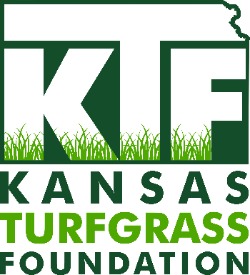Goosegrass (Eleusine indica)

Goosegrass or silver crabgrass is a warm season annual that reproduces by seeds, usually emerging a few weeks after crabgrass after soil temperatures have risen above 65°F for several weeks. Goosegrass is a coarse, bunch-type grass that forms a basal rosette of prostrate to occasionally upright flattened stems up to 2 feet long. The stems do not root at nodes. The root system is fibrous, and the lower portions of stems near the base are silver or white. The leaves of goosegrass are dark green, hairy near the base, and smooth and keeled below. They grow up to 12 inches long and 1/3 inch wide and are either flat or folded. Goosegrass flowers are composed of 2 to 10 flattened, finger-like spikes that each resembles a zipper. They emerge from a common point (windmill-like) in July to September.
Occurrence
This weed occurs in lawns and sports turf areas during the mid to late growing season. It is usually found in full sun and often in poorly drained or compacted soil. Goosegrass tolerates close mowing.
Non-Chemical Control
Mechanically remove or hand pull goosegrass. Maintain turf density and health through proper culture, especially during spring and summer. Increase drainage and avoid light frequent irrigation, summer fertilization, and close mowing or scalping. Reduce soil compaction by limiting traffic, especially when the soils are wet; core aerify when the turf is actively growing.
Chemical Control
Apply preemergence herbicides one to two weeks before germination in the spring; use post emergence herbicides when weeds are small.



